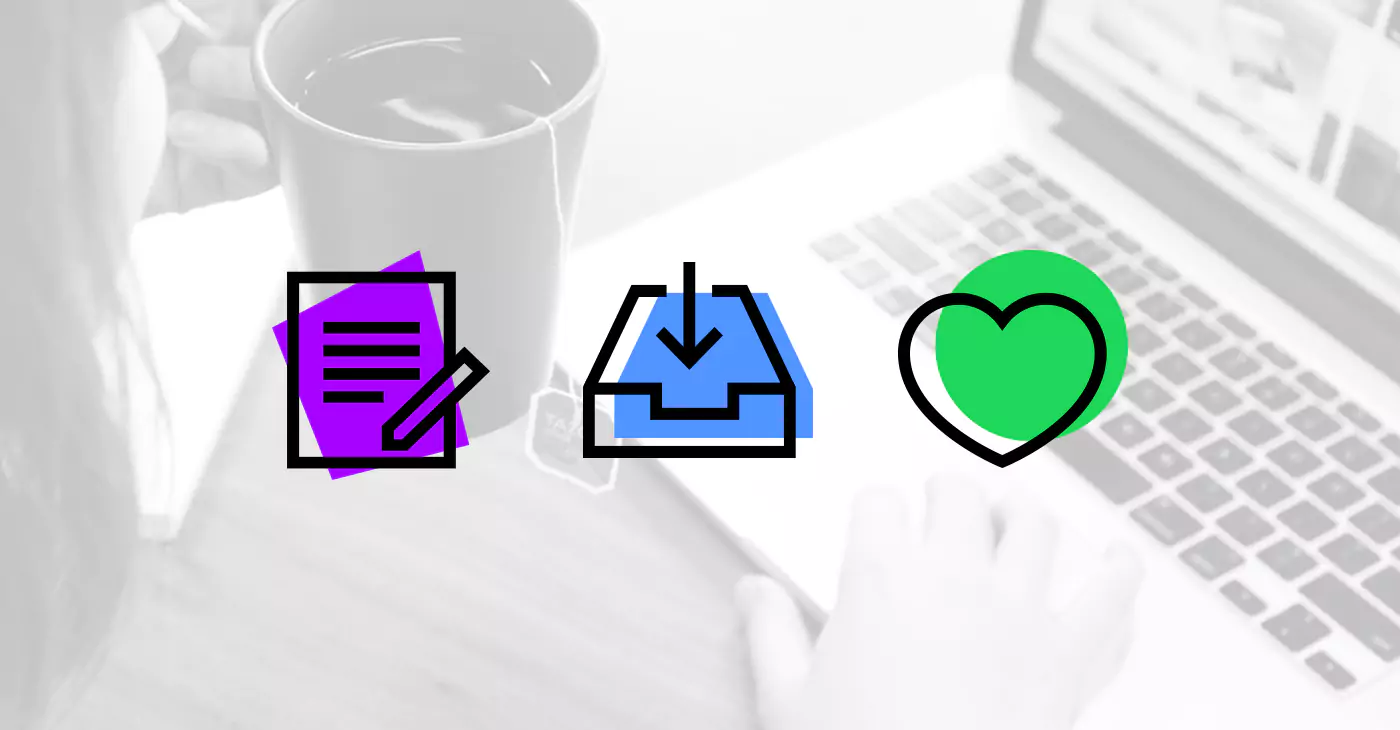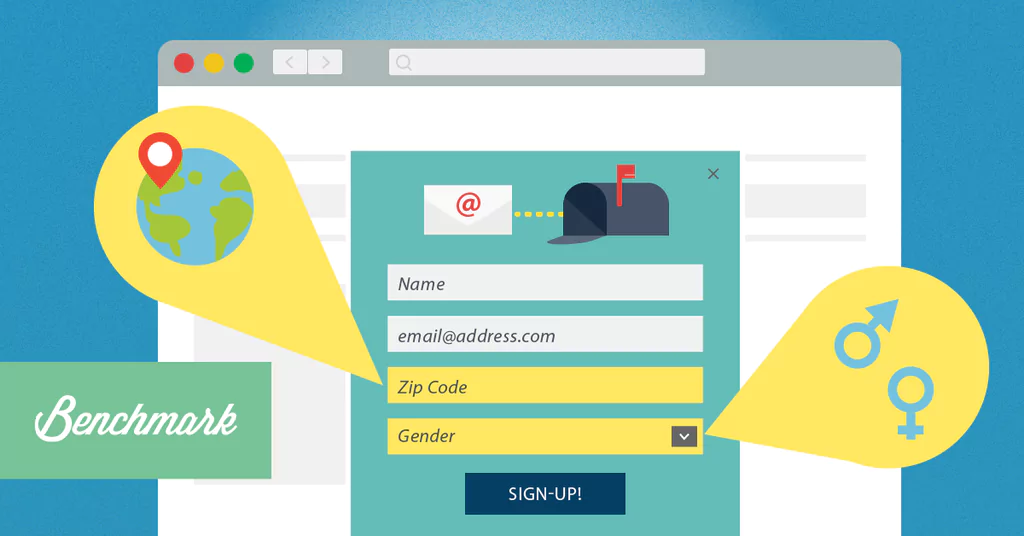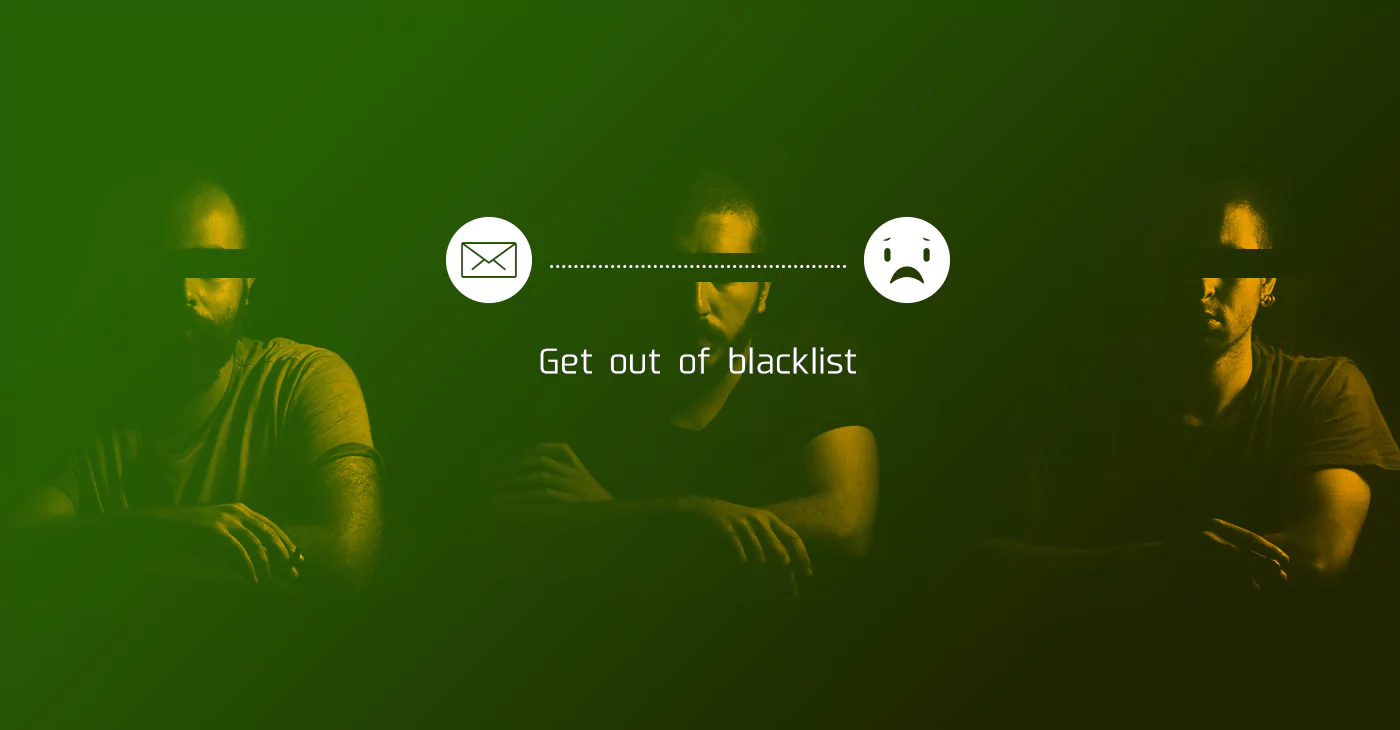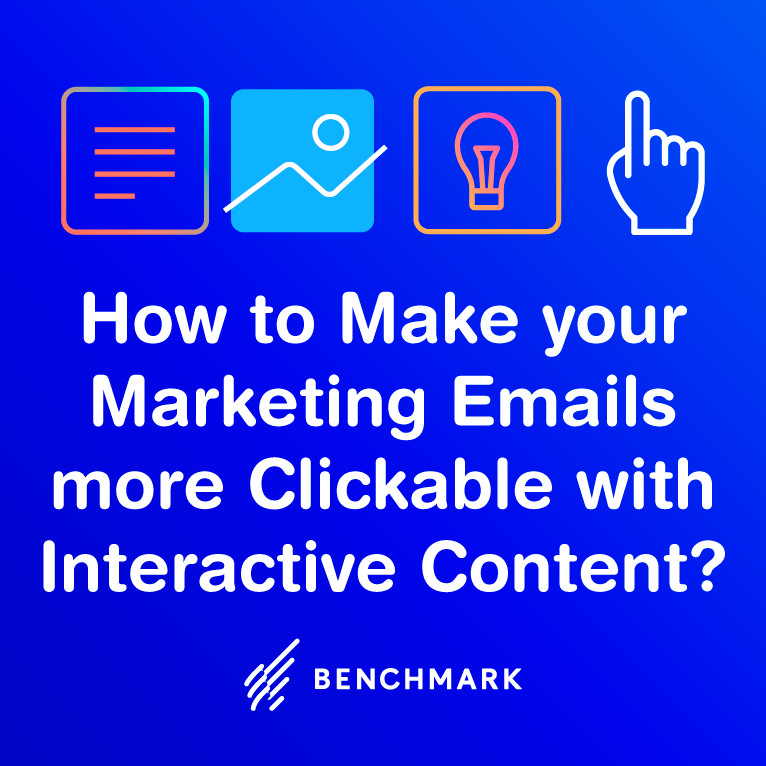While modern digital marketers have advanced techniques such search engine optimization and pay-per-click advertising at their disposal for driving consumer interest, an old staple such as email marketing is managing to maintain its relevance.
Financially speaking, email marketing probably still has the best return on investment compared to other digital marketing methods, which is why businesses of all sizes are still using it to great effect. And if you wish to take email marketing a step further, you can supplement your campaigns with artificial intelligence (AI) systems.
AI is capable of analyzing vast amounts of data with speed and accuracy unmatched by human data analysts. The result of such an analysis is patterns and trends that would otherwise be impossible to detect, and which can be used to improve the effectiveness of email marketing campaigns. By utilizing the power of AI, digital marketers can ensure that their emails will reach the right audience at the right time, with the right kind of message.
To find out more about how email marketing has benefited from the introduction of AI, take a look at our guide in the post below.
Auto-Generated Subject Lines
The average consumer can receive up to a hundred emails per day.
The majority of what is received gets classified as spam, but even if your marketing email manages to evade the filters, the odds that the consumer will end up opening it are slim at best.
With an AI at your side, you can improve your chances by a significant margin. For instance, an AI could predict how likely it is that a prospect will open an email based on the subject line used, and it can even offer suggestions on which lines would work best. AIs can also help ensure that your subject lines are brand-compliant, a process that can otherwise take weeks to finish.
Copy with Relevant Keywords
If your targets end up opening your email, you are already halfway there to converting them. However, the other half of the journey is much more difficult to complete.
This is where your copy comes into play. A good email copy has to engage the lead enough to take a CTA which will turn them into a customer. The secret to creating engagement is providing value to the potential customer.
Finding out what each customer wants is not an easy task, but it can be streamlined through the use of AI. Such AIs can analyze the social media and web activity unique to each lead, and give recommendations regarding which keywords to use for maximum conversion potential.
More Actionable CTAs
The CTA is the final piece of the email marketing puzzle.
Without an effective CTA, the lead will have no clue on how to proceed to become your customer, an outcome you want to avoid at all costs.
The secret to making a good CTA is to provide an offer your leads wouldn’t want to pass up. Creating such an offer is easier said than done, but again, the AIs can help.
An AI armed with sufficient data could determine the price points and products which are likely to entice a given consumer. As you keep feeding more data to the AI, it will become better at predicting which offer has the best conversion potential.
Efficient Segmentation And Targeting
Creating highly targeted emails is an effective conversion strategy, but sometimes you can’t afford this level of customization.
What you can do in such situations is divide up your audience into segments, to retain some level of customization, while being able to target multiple prospects at once. Your audience can be segmented according to demographic, geographic, psychographic, or other kinds of criteria.
This is a time-consuming process for humans and one that is prone mistakes, which is why email marketers began using AI for more streamlined audience segmentation. An AI can easily screen your customers to find the relevant data, and then use it to categorize them into clear groups, saving you time and resources better spent elsewhere.
Scheduling Sending Times
The times at which you send your emails is as important as their content.
If you keep sending emails at inopportune moments, your prospects, leads, and even existing customers will lose patience and unsubscribe, which is an outcome you must avoid at all costs. Finding out the perfect time for sending an email is a time-consuming process because there are many factors at play, including the time zone they reside in, their daily schedule, their online habits, etc.
Fortunately, AI systems are perfectly suited for collating factors of this sort into a single, coherent picture. An AI can pinpoint exactly the exact time when a subscriber is likely to open, as well as read an email, and it can do this for each and every person on your mailing list. This makes creating mailing schedules by hand a thing of the past.
Streamlined Customer Lifecycle Marketing
An email marketing campaign involves more than just sending batches of emails – it is a process of nurturing a consumer from lead to customer, and beyond.
Along this journey, the target will take actions that are in line with your business goals, such as clicking on CTAs, visiting your website, or purchasing your items, but also those that are detrimental to your bottom line, such as unsubscribing to your email newsletter, abandoning their shopping cart, or stopping to follow your brand on social media.
To get the most out of your email marketing campaign, you have to study customer behavior and send highly contextual emails throughout the customer lifecycle. With their ability to analyze large quantities of data in record speed, AIs is perfectly suited for determining when is the best moment to send out a particular kind of email, to a particular kind of customer.
Use Cases of AI in Email Marketing
So far we have been talking about the theory behind AI-powered email marketing, but that is not all there is to it.
Many digital marketing companies are already using AI to power a wide variety of digital marketing campaigns, including email marketing. Now we can move on to specific examples of brands using these methods to improve the outcomes of their campaigns.
Teleflora
Valentine’s Day is one of the busiest holidays for online flower delivery services such as Teleflora.
This company tends to send more than a billion email offers per year. And in order to make heads or tails of the mountains of data they gather on their customers, they use Bluecore, an AI-powered tool that matches customer data to products. They also use Custora, another AI customer analytics tool, which can create automated flags for delivering customized messages to customers at every point in the buyer’s journey.
By using AI in email marketing, Teleflora was able to accurately match customers to products they were most likely to be interested in, and the company saw an increase of 50% in orders compared to previous years.
Virgin Holidays
Virgin Holidays is one of the bigger players in the field of vacation planning in the United Kingdom, with more than a hundred million holiday packages sold each year.
However, when it comes to finding the right subject line for their email marketing campaigns, Virgin Holidays was struggling to find an approach that yielded the results they were looking for. They eventually chose to use Phrasee, an AI-powered language generation tool. Instead of spending weeks waiting for writers to come up with the appropriate subjects lines, and having them tested, Virgin Holidays simply forwarded their brand guidelines to Phrasee. Once the AI took over the process, the subject lines were both generated and tested automatically. And the results? A 2% increase in sales, which amounted to more than a million pounds.
SecretEscapes
SecretEscapes, another UK-based travel company, has an audience of more than 32 million subscribers in 23 different countries.
The company makes about 70% of its sales from email marketing, and it usually sends subscribers two emails per day. However, SecretEscapes was having trouble finding an eCommerce solution that could keep up with the influx of data generated by subscribers with widely different backgrounds.
That is until they found JetLore, an AI prediction system that can analyze customer data for the purpose of ranking each customer according to their interests, and then send relevant product and service suggestions based on those interests. The result of using JetLore was an increase in open rates, as well as higher revenue from an increased number of sales.
Wrapping Up
AI makes email marketing much simpler by allowing marketers to add value to the emails that go beyond just discounts and first-name personalization.
This technology lets brands sustain the modern customer by translating the collected data into relevant, unique, and timely content for each individual customer.
If you haven’t incorporated AI into your email marketing strategy yet, now is the right time to begin doing so for better in-the-moment personalization– and, ultimately, sales.


















